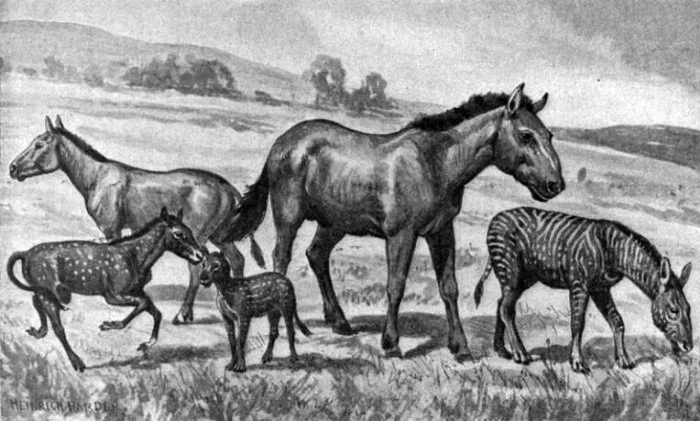Unraveling the Roots of Christmas: Did It Originate from the Sun’s Birthday?
The celebration of Christmas on December 25th has long sparked intriguing debates among historians and theologians. A prominent theory suggests that this date was chosen to overlap with the pagan festival of the Roman sun god, Sol Invictus. But is there merit to this claim? A deep dive into historical and religious contexts provides a fascinating exploration of this theory.
The Connection with Sol Invictus
Sol Invictus, the “Unconquered Sun,” was a Roman deity whose birthday was commemorated on December 25th. This day marked a significant festival in the Roman calendar, symbolizing the renewal of light and the victory of the sun over the darkness of winter. The deity was often depicted as a young, beardless male, a representation found in various Roman mosaics, paintings, and coins. This imagery of Sol Invictus raised questions about the influence of pagan traditions on early Christianity, specifically regarding the date chosen to celebrate the birth of Jesus Christ.
Christian Chronography: A Quest for Meaning
Early Christian leaders might have had a different motivation than a deliberate attempt to adopt a pagan festival. They were deeply engaged in determining significant events in Jesus's life, such as his conception, birth, and crucifixion, using the Gospels as their guide. These chronographers faced a challenge: the Gospels provided limited and sometimes contradictory information regarding these dates. The selection of December 25th might have been influenced more by astronomical phenomena like the winter solstice, which held great significance in the Greco-Roman world, than a direct borrowing from pagan rituals.
Challenging the ‘History of Religions’ Theory
The ‘history of religions’ theory posits that Christianity evolved by heavily borrowing from pagan traditions. However, recent scholarship in religious studies casts doubt on this perspective, especially concerning the choice of December 25th for Christmas. Scholars argue that while early Christians were certainly aware of Sol Invictus’ association with this date, there is insufficient evidence to support the idea that they intentionally aligned Jesus’s birth with the sun god’s festival to facilitate pagan conversion or to overshadow pagan worship.
The Astronomical and Cultural Context
In the ancient world, solstices and equinoxes held tremendous importance. The winter solstice, being a time of the shortest day and longest night, was a period of astronomical and symbolic significance. It represented the triumph of light over darkness, a theme resonant in many cultures and religions. This universal symbolism might have been more influential in the adoption of December 25th as Christmas, tying it to the natural phenomenon rather than a specific pagan deity’s festival.
Conclusion: A Complex Tapestry of Influences
The adoption of December 25th as the date to celebrate the birth of Jesus Christ appears to be a complex amalgamation of factors. While the influence of Sol Invictus cannot be entirely dismissed, it is clear that early Christian leaders were engaged in a broader cultural and astronomical dialogue. Their decision was likely influenced by a combination of scriptural interpretation, astronomical events, and the existing cultural milieu. Christmas, therefore, stands as a testament to the multifaceted nature of religious evolution, reflecting a tapestry of influences that extend beyond a simple narrative of pagan-Christian overlap. This exploration not only enriches our understanding of Christianity’s development but also highlights the intricate interplay between different belief systems in the ancient world.













